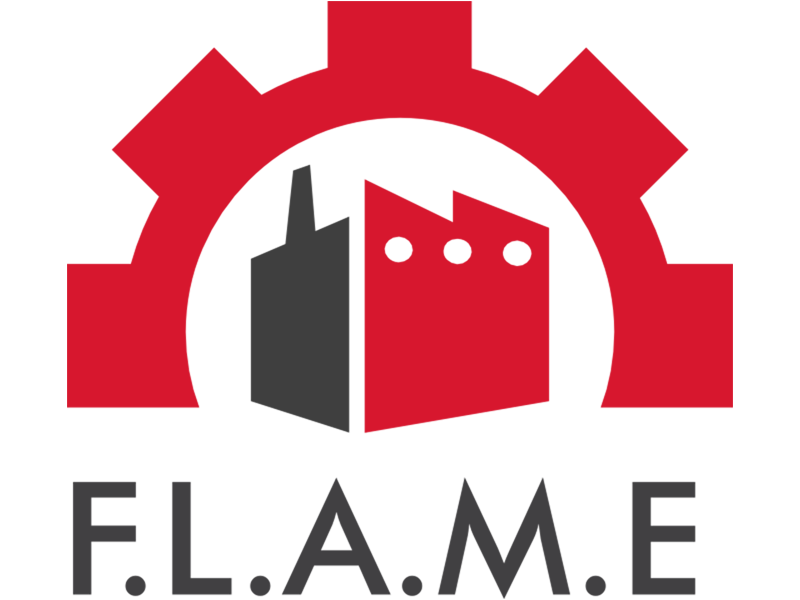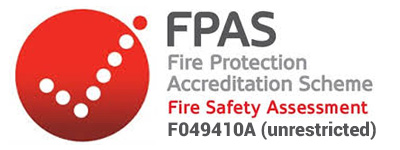Fire Protection Services
Automatic Fire Suppression & Sprinkler Systems
Automatic fire suppression systems are advanced fire protection systems designed to detect and suppress fires automatically, without the need for human intervention. These systems are typically installed in buildings, vehicles, or enclosed spaces where fire hazards are present and require rapid and reliable fire control.
The primary purpose of an automatic fire suppression system is to suppress or extinguish fires at their early stages, limiting fire damage, protecting property, and most importantly, ensuring the safety of individuals in the area. These systems are commonly used in commercial buildings, industrial facilities, data centers, server rooms, kitchens, and vehicles like buses or trains.
There are different types of automatic fire suppression systems available, and the most suitable system depends on the specific application and fire hazards present. Here are a few common types of automatic fire suppression systems:
1. Sprinkler Systems: Sprinkler systems are one of the most widely used automatic fire suppression systems. They consist of a network of pipes with sprinkler heads that release water or other fire-suppressing agents when triggered by heat. Sprinklers are individually activated by high temperatures, and only the sprinkler heads directly affected by the fire release water, minimizing water damage.
2. Clean Agent Systems: Clean agent systems use specialized extinguishing agents that are safe for occupied spaces and leave no residue after discharge. These agents, such as FM-200, Novec 1230, or CO2, are discharged into the protected area to suppress the fire by reducing oxygen levels or interrupting the chemical chain reaction.
3. Foam Systems: Foam systems are commonly used in areas with flammable liquid hazards, such as fuel storage areas or aircraft hangars. These systems generate and discharge foam, which creates a blanket over the fuel surface, preventing the release of flammable vapors and suppressing the fire.
4. CO2 Systems: Carbon dioxide (CO2) systems are primarily used in areas where water-based suppression would damage sensitive equipment or materials, such as electrical rooms or server rooms. CO2 systems rapidly discharge carbon dioxide, displacing oxygen and suffocating the fire.
It's important to note that the design, installation, and maintenance of automatic fire suppression systems should adhere to local fire safety regulations, industry standards, and guidelines including AS 2118.1 Australian Standards. Proper system design and regular inspections are crucial to ensure their effectiveness in protecting lives and property during a fire emergency.




